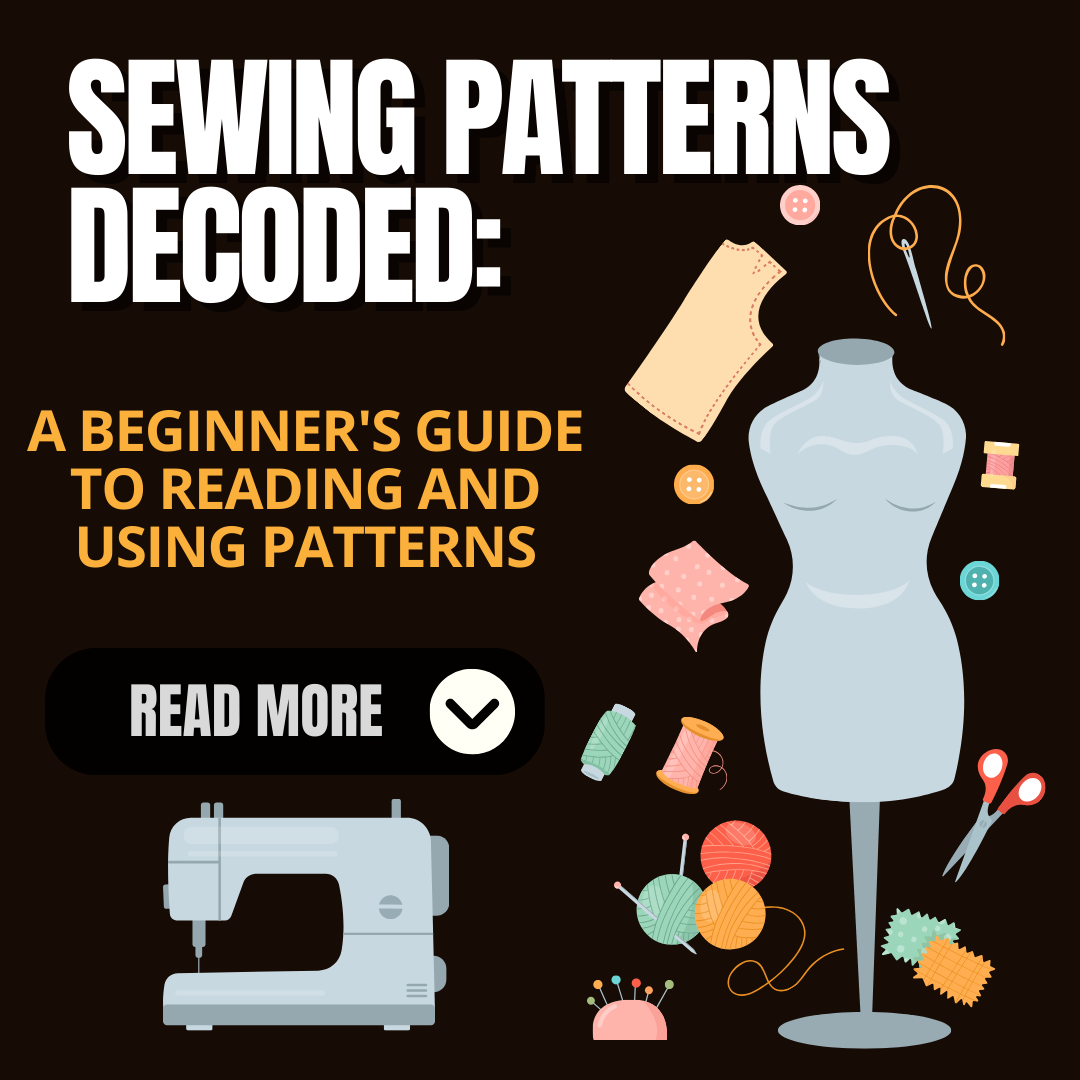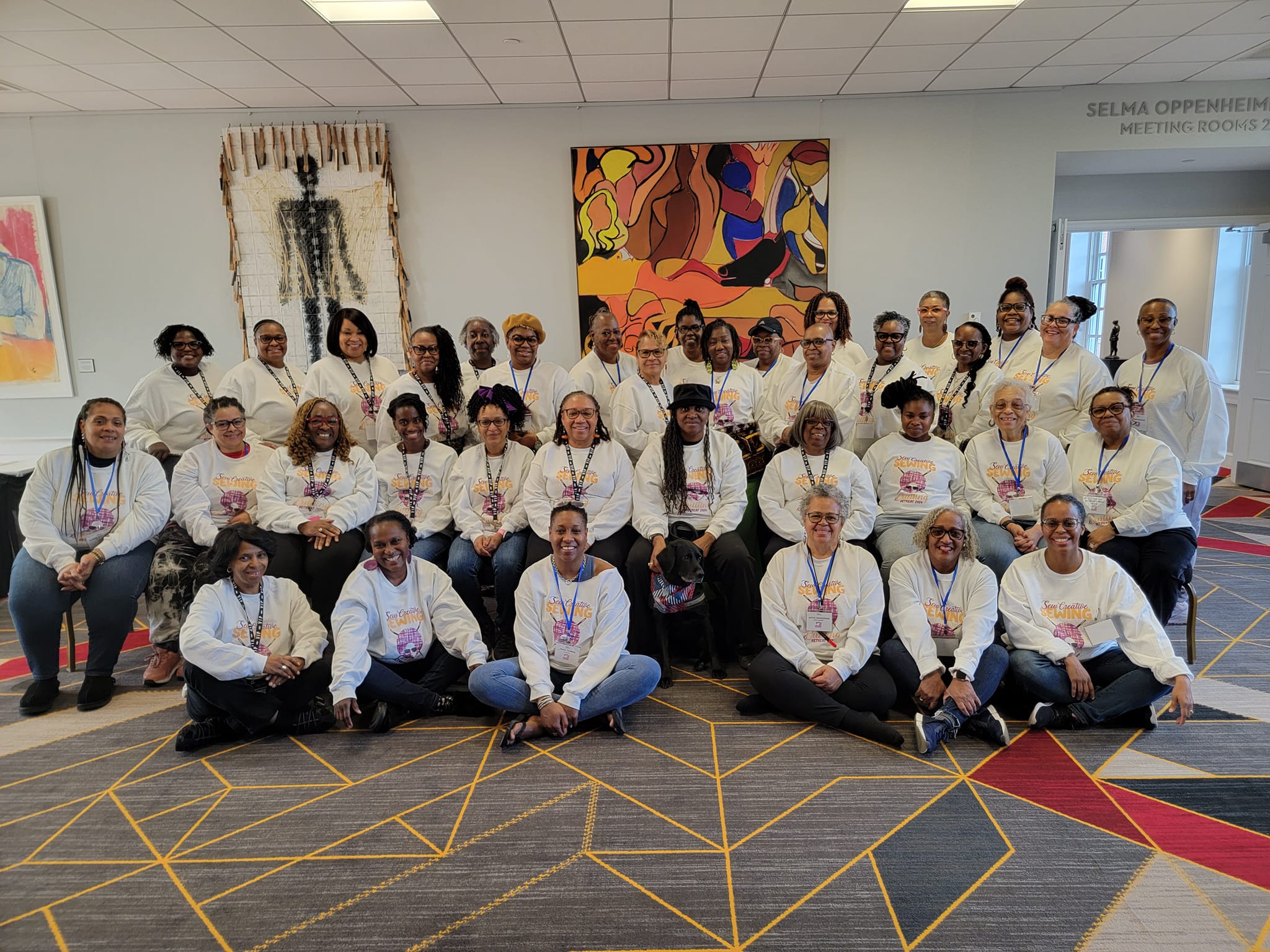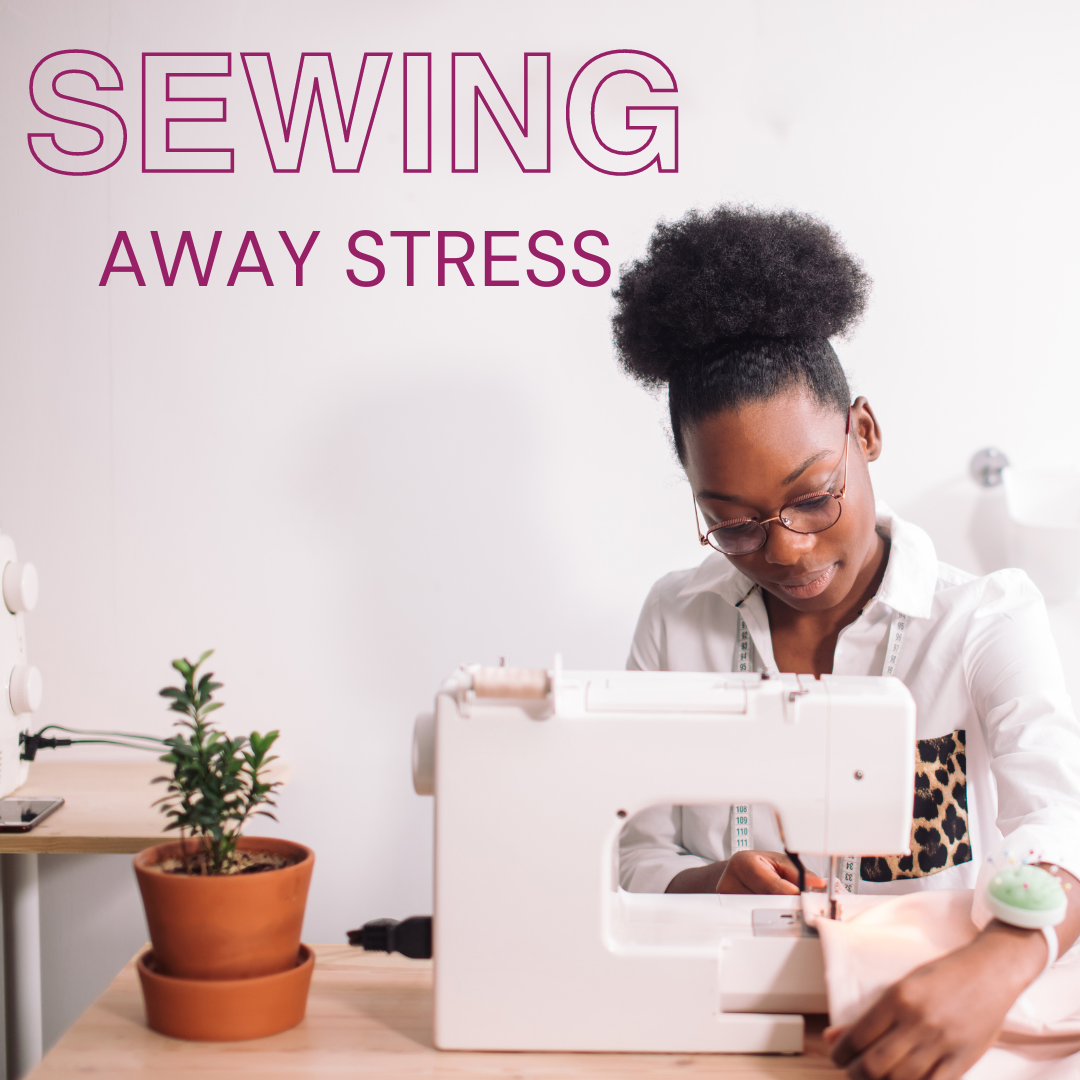
Sewing Patterns Decoded: A Beginner's Guide to Reading and Using Patterns
Embarking on your sewing journey can be an exciting and rewarding experience, but it often comes with its own set of challenges. One of the first hurdles for many beginners is deciphering the mysterious language of sewing patterns. Fear not! In this beginner's guide, we'll unravel the secrets of sewing patterns and empower you to confidently bring your creative visions to life.
Understanding the Basics
Sewing patterns are like blueprints for creating garments and other fabric items. They provide step-by-step instructions for cutting, assembling, and stitching fabric pieces together. Before diving into your first project, familiarize yourself with the basic elements of a sewing pattern:
-
Envelope Information:
- Start by examining the pattern envelope. It typically contains essential details such as the design's image, size range, required fabric type, and suggested skill level. Choose a pattern that matches your skill level to set yourself up for success.
-
Instructions Sheet:
- Inside the envelope, you'll find an instruction sheet. This document outlines the steps you need to follow to complete the project. Take the time to read through the instructions thoroughly before starting, ensuring you understand each step.
-
Pattern Pieces:
- Patterns consist of individual pieces, each representing a specific part of the garment. These pieces are printed on tissue paper and are labeled with numbers or letters to help you identify and organize them.
Reading the Symbols
Sewing patterns use a variety of symbols to convey information. Here are some common symbols you might encounter:
-
Notches:
- Triangular or diamond-shaped markings on the pattern pieces indicate matching points. Align these notches when joining pieces to ensure proper alignment.
-
Grainline:
- The grainline arrow on pattern pieces indicates the direction in which the fabric should be placed. Aligning the fabric's grain with this arrow is crucial for the garment's fit and drape.
-
Seam Allowance:
- Most patterns include a designated seam allowance along the edges of the pattern pieces. This is the space between the edge of the fabric and the stitching line. Be sure to follow the specified seam allowance for accurate construction.
-
Fold Line:
- Some pattern pieces are meant to be placed on the fabric fold. The pattern will indicate this with a double-headed arrow or the phrase "place on fold." Align the pattern's fold line with the fabric fold to create symmetrical pieces.
Putting It All Together
Now that you've familiarized yourself with the basics and symbols, it's time to put your knowledge into practice. Follow these steps when using a sewing pattern:
-
Preparation:
- Gather all the materials listed on the pattern envelope, including fabric, thread, and any additional notions. Pre-wash and iron the fabric to prevent shrinkage after your project is complete.
-
Cutting:
- Carefully cut out the pattern pieces along the designated lines. Transfer any markings, such as notches and darts, onto the fabric using tailor's chalk or fabric markers.
-
Layout:
- Arrange the pattern pieces on the fabric according to the layout guide provided. Pay attention to grainlines, fold lines, and any specific instructions regarding pattern placement.
-
Pinning and Cutting:
- Secure the pattern pieces to the fabric with pins or pattern weights. Cut the fabric along the pattern edges, following the specified seam allowances.
-
Assembling:
- Follow the step-by-step instructions to stitch the pieces together. Take your time and double-check your work as you progress through each stage of construction.
-
Finishing Touches:
- Complete the project by adding any finishing touches, such as zippers, buttons, or hemming, as instructed in the pattern.
Congratulations! You've successfully decoded the secrets of sewing patterns and transformed a set of fabric pieces into a beautiful creation. As you gain more experience, you'll find yourself navigating patterns with ease and even customizing designs to suit your unique style. Remember, patience and practice are key to mastering the art of sewing, so embrace each project as a learning opportunity and enjoy the journey of creating your own handmade masterpieces.
Happy sewing!



3 comments
Thank you for these helpful pattern tips!
Victoria Bailey
Great information!
Carol Copper
Thank you Alaya! it is good to have knowledge to help me steer this pathway of sewing!
Dale Johnson
Leave a comment
This site is protected by hCaptcha and the hCaptcha Privacy Policy and Terms of Service apply.